All homes have a fuse box, otherwise known as a consumer unit. It is our homes electrical hub as it controls and distributes the electricity around the home. Your fuse box is your first point of call if you need to turn your electricity off in an emergency. Or if the electricity in your house suddenly stops working.
We would hope that you all know where you fuse box is located, but how many of you understand what each switch does?
Understanding Your Fuse Box
At an initial glance you fuse box can look complicated. Therefore we hope the following explanations will help you feel more comfortable managing your fuse box, especially in an emergency.
- The main switch: The main switch will enable you to instantly turn off your homes electrical supply. This will be the switch to flick off in the event of an emergency. However beware that if you have electric storage heaters you will have a separate fuse box for these. Therefore they will have their own main switch which you would also need to turn off to cut all electricity in your property.
- Residual Current Device (RCD): The RCD is the main safety feature within your fuse box. RCDs are a sensitive switching device that quickly turn off electricity when danger arises to reduce the risk of death or serious injury. RCDs turn off electricity in a fraction of a second. Last year we did a blog about the importance of RCD protection, therefore you can read that blog post HERE to find out more.
- Circuit Breakers: Circuit Breakers will automatically switch off a circuit if it detects a fault. By looking at your fuse box you would be able to see if a circuit breaker has ‘tripped’ as one or more of the switches would be flicked down. You can easily reset the switches yourself by flicking them back up, however its important to first identify the initial fault.
- Fuses: Older fuse boxes may have fuse wiring in place of circuit breakers. Similarly to circuit breakers they switch off a circuit if a fault is detected. However it does this by the fuse wiring overheating and melting which then switches off the circuit.
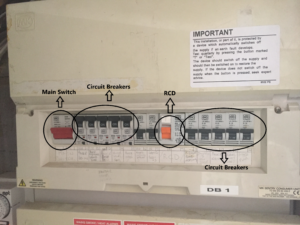
The above photo shows a modern fuse box which I have labelled accordingly. As explained above, older fuse boxes would have fuse wiring in replace of circuit breakers. We recommend all family members have familirisation with the workings of the fuse box.
Older homes might still have a fuse box which dates back to the 1960s. This can be identified if there are cast iron switches, a wooden back, and fuses. We would highly recommend you get this updated to a modern fuse box.
If you would like further advice or think your fuse box needs updating, please do not hesitate to contact us HERE.

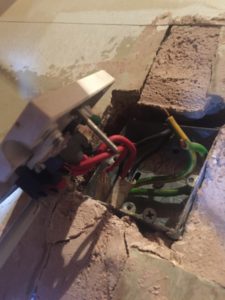 y near misses over the years! This could be due to incompetent tradesman,
y near misses over the years! This could be due to incompetent tradesman, 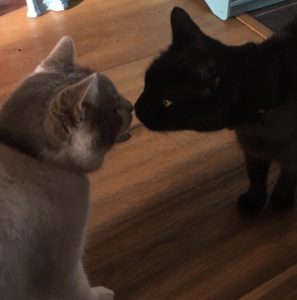 r absence.
r absence.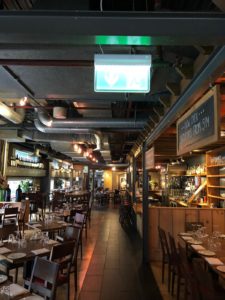
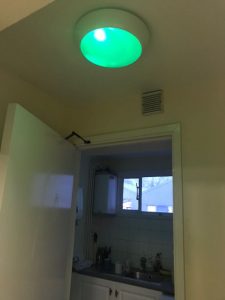 Last week our Electrician Barry spent 2 days carrying out
Last week our Electrician Barry spent 2 days carrying out